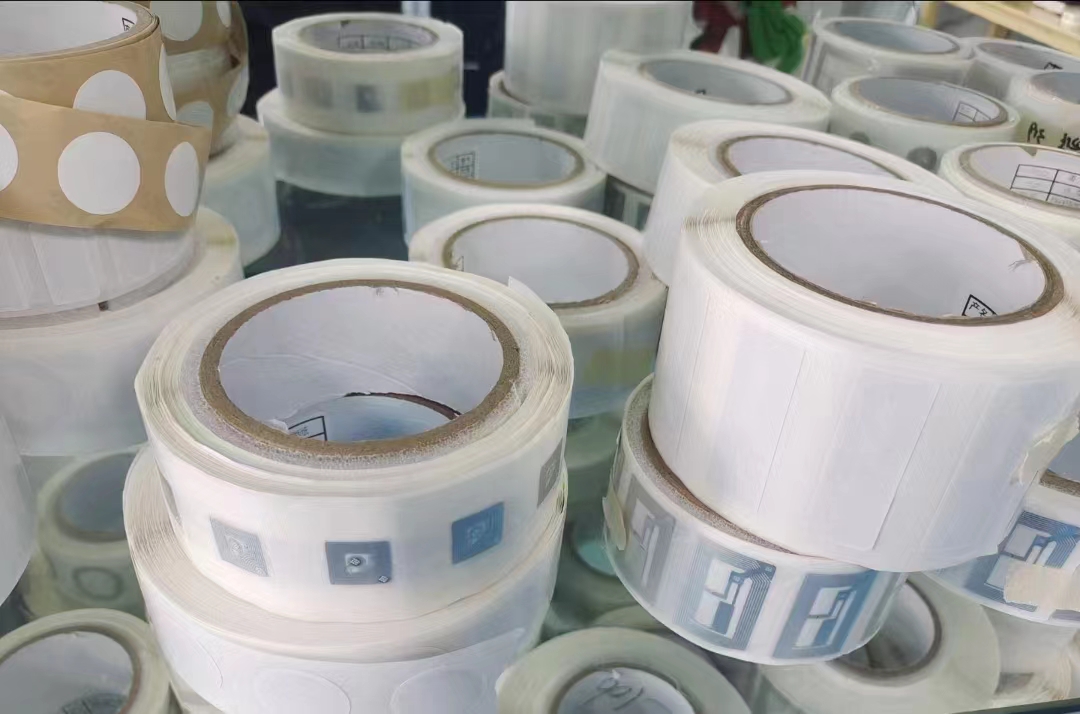Physical Address
304 North Cardinal St.
Dorchester Center, MA 02124

An RFID tag in its most simplistic form, is comprised of two parts – an antenna for transmitting and receiving signals, and an RFID chip (or integrated circuit, IC) which stores the tag’s ID and other information. RFID tags are affixed to items in order to track them using an RFID reader and antenna.
RFID tags transmit data about an item through radio waves to the antenna/reader combination. RFID tags typically do not have a battery (unless specified as Active or BAP tags); instead, they receive signals, from the radio waves generated by the reader. When the tag receives the transmission from the reader/antenna, the energy runs through the internal antenna to the tag’s chip. The energy activates the chip, which modulates the energy with the desired information, and then transmits a signal back toward the antenna/reader.
On each chip, there are four memory banks – EPC, TID, User, and Reserved. Each of these memory banks contains information about the item that is tagged or the tag itself depending on the bank and what has been specified.
Hundreds of different RFID tags are available in many shapes and sizes with features and options specific to certain environments, surface materials, and applications.
Because there is such wide variety of RFID applications, there are also a wide variety of RFID tags and ways to categorize them. A common way to divide tags into types is inlays vs. hard tags. Inlays are cheaper, typically varying between $0.09 – $1.75 depending on the features on the tags. Hard tags are generally more rugged and weather resistant and vary between $1.00 – $20.00.
Form Factor – Inlay, Label, Card, Badge, Hard Tag
Frequency Type– LF, NFC, HF, UHF Passive (902 – 928 MHz, 865 – 868 MHz, or 865 – 960 MHz), BAP, Active
Customizable– Shape, Size, Text, Encoding
Specific Features/Applications– Laundry Tags, Sensor Tags, Embeddable Tags, Autoclavable Tags, Vehicle Tags, High Memory Tags
Specific Surface Materials– Metal mount tags, Glass mount tags, Tags for Liquid-filled items
What type of surface will you be tagging? On metal, plastic, wood, etc.?
What read range do you desire?
Size limitations (i.e. the tag can be no larger than x by y by z inches?
Any excessive environmental conditions to consider? Excessive heat, cold, moisture, impact, etc.?
Method of attachment? Adhesive, epoxy, rivets/screws, cable ties, etc.?
The key to choosing a tag is thorough testing of a variety of tags in your environment on the actual items you wish to tag. RFID tag sample packs can be customized for your application so that you can narrow down the tags that are right for your application.